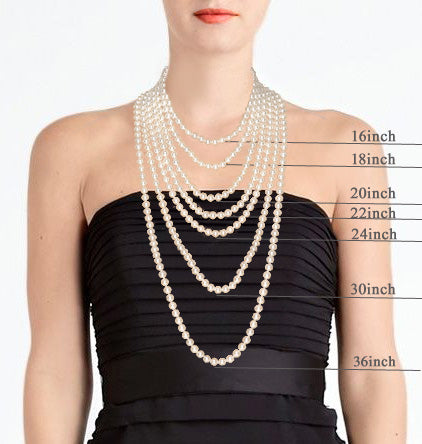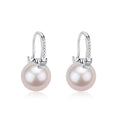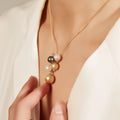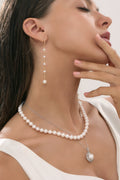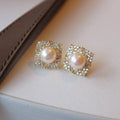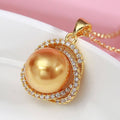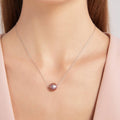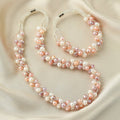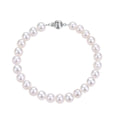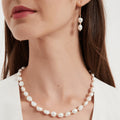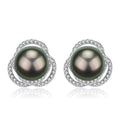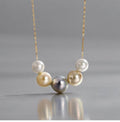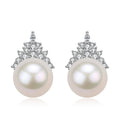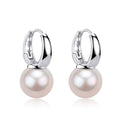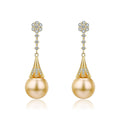Pearl Luster
Pearl Luster and Surface Quality: A Comprehensive Guide to Understanding the Importance of Luster and Surface Quality When Choosing Pearls
When it comes to selecting pearls for your jewelry collection, luster and surface quality are two crucial factors that significantly influence their beauty and value. In this guide, we will delve into the importance of pearl luster and surface quality to help you make informed decisions when choosing pearls for your jewelry pieces.
Pearl Luster:
Luster refers to the intensity and quality of light reflected from a pearl's surface. High-quality pearls exhibit a bright, sharp, and mirror-like reflection, while pearls with lower luster appear dull and lackluster. Luster is an essential factor to consider, as it greatly impacts a pearl's overall appearance and value. The following are some key points to remember about pearl luster:
- Different types of pearls have varying degrees of luster. For example, Akoya, South Sea, and Tahitian pearls generally have higher luster compared to freshwater pearls.
- Luster is determined by the thickness, translucency, and arrangement of nacre layers, which are secreted by the mollusk during pearl formation.
- High-quality pearls with excellent luster are more valuable and sought after due to their exceptional brilliance and ability to reflect light beautifully.
Pearl Surface Quality:
The surface quality of a pearl refers to the presence of blemishes, imperfections, or irregularities on its outer layer. While no pearl is entirely flawless, high-quality pearls have minimal surface imperfections, giving them a smoother and more refined appearance. Here are some essential points to consider when evaluating pearl surface quality:
- Surface imperfections can include spots, bumps, scratches, wrinkles, or pits. While some blemishes are natural and may even add character to a pearl, excessive imperfections can negatively impact its value and appeal.
- Pearl grading systems often take surface quality into account, with higher grades assigned to pearls with fewer and less noticeable blemishes.
- Different types of pearls may have varying degrees of surface quality. For instance, South Sea and Tahitian pearls are more likely to exhibit surface imperfections due to their larger size and longer cultivation period.
When choosing pearls for your jewelry collection, it is essential to consider both luster and surface quality, as these factors significantly impact their beauty, appeal, and value. By understanding the importance of pearl luster and surface quality, you can make more informed decisions and select pearls that will enhance your jewelry designs and showcase their unique characteristics.
Unparalleled Quality.
Hand-selected and individually inspected pearls ensure our highest quality standards.
Fair & Transparent Pricing.
Jewelry up to 80% below traditional retail prices. Luxury without the markup.
Free Shipping Worldwide.
On orders over $69 USD
Buy Now Pay Later With Klarna.
BECOME A HOUSE MEMBER
Drop your email below and we'll send you members-only discount.
